Why We’re Not Reviewing Kamloopa: A Conversation
The following is a conversation between theatre critics Aisling Murphy and Karen Fricker. Aisling and Karen attended Kamloopa on the evenings of July 1 and June 30, respectively.
Kamloopa premiered in three cities in 2018 and was nominated for eight Jessie Richardson Awards. The play later received the 2020 Governor General’s Award for English-language drama. It is playing in Toronto at the Young Centre for the Performing Arts in a Soulpepper Theatre Company/Native Earth Performing Arts co-production through July 24.
The following was written collaboratively the week following Kamloopa’s premiere. It has been edited for length and clarity.
Aisling Murphy (AM): Hello!
Karen Fricker (KF): Hey there Aisling! I’m so excited for another critical conversation with you — and this is going to be a critical conversation with a difference.
AM: Totally. So: elephant in the room, we’re not reviewing Kamloopa. After you saw the show, did you have the desire to?
KF: Oh my goodness, absolutely, but we’ve agreed with writer-director Kim Senklip Harvey that we won’t review it in a conventional, Western way. We’ll get into that soon enough, but I’ll put the same question to you – did you want to review it after having seen it?
AM: Nope. I responded positively to it — it’s quite the show to see on Canada Day — but for me, the work and its response stood for themselves. I didn’t feel a review in the traditional sense was necessary, nor would it add much.
KF: Well – we both responded really positively to the show. But, the reason we’re not writing a traditional review is because Kim Harvey did not invite reviews of this Toronto premiere production of Kamloopa. This follows on from the world premiere production in 2018 in Vancouver in which she invited Indigenous women to write love letters to the show, but did not invite traditional reviews. And you and I attended a critics’ circle here in Toronto which Kim convened through the show’s co-producers Soulpepper Theatre and Native Earth Performing Arts.
AM: Right. The invite for that critics’ circle essentially made clear that folks wishing to review needed to attend the circle in order to fully understand the play’s context and history. Kim’s play is deeply personal for her — while a critics’ circle can’t completely mend the relationship between the play and those who write about it, for Kim, it felt like a logical step towards reconciliation.
KF: My understanding of Kim’s position on these issues is taken from that critics’ circle, and from a subsequent one-on-one interview I conducted towards a Toronto Star article. I’ve also interacted with Kim about criticism before — she came to a roundtable on criticism at the 2018 Canadian Association of Theatre Research conference, along with dramaturg and scholar Lindsay Lachance – and she’s also part of a roundtable interview about resisting Western critical models published in Theatre Research in Canada.
For Kim, staging theatre productions is a form of Indigenous ceremony, and she’s aware that this is not something that’s necessarily familiar to Western critics and audiences. The circle was a way for her to present her approach, as well as to let us know how deeply hurtful and ignorant she has found some of the things that were said about Kamloopa when it was done in the States, and about her and fellow Indigenous actors and artists in previous productions. When I I interviewed her for the Star she said that she’d not turn up at someone’s wedding and start critiquing it. So why are critics turning up at her ceremony and offering their critical opinions?
AM: So, full disclosure, I’m writing about this for my Master’s thesis at U of T, largely in the context of what happened with Yolanda Bonnell’s bug in early 2020. There was a scenario in which white critics are asked explicitly not to review — which ended in something of a media firestorm for Yolanda, including anonymous threats to her physical safety over a relatively simple ask.
Here, white critics were invited, but with the caveat of listening and bearing witness to Kim’s artistic philosophies first: to me, that felt not only fair but really rich. The circle certainly changed my perception of the play — I might have assumed its intended audience was solely Indigenous women, but Kim’s practice is so clearly driven by the Indigenous women of the future. That’s a nuance which, when articulated, makes complete sense in the context of the play, and makes it that much more powerful, particularly when you look at the relationship between the older and younger sister — but I don’t know if I’d have picked up on it without that dialogue beforehand.
KF: How did knowing that the play was for Indigenous women of the future affect you?
AM: The play subtly (and not-so-subtly) touches on generational Indigenous knowledge. In the play, Mikaya’s Indigenous studies prof is white — in Mikaya’s opinion, she’s receiving “pity marks” for the work she’s doing. Her older sister, Kilawna, has no interest in passing on her own knowledge of their shared culture and heritage — there’s a personal discomfort there which makes guiding Mikaya through the coming-of-age as an Indigenous woman impossible. Mikaya doesn’t feel like she has a point of entry into her own identity. Somewhere along the way, the cultural guardians in her life have failed her — it’s why meeting Edith/Indian Friend #1 is such a transformative moment for her.
So when I think about Kim’s inspirations in her practice — the children in her family and on her reserve — the play becomes even more resonant. She’s shown the “after” of what happens when Indigenous youth are kept at arms’ length from their culture, and she posits a way forward for said youth to connect back with their roots.
KF: I think it’s fair game at this point to offer a bit of context about the plot and setting. We agreed with Kim during the critics’ circle that our writing on the show might include the description and analysis parts of criticism, but not the judgment part. So: the first part of the play takes place in Kilawna and Mikaya’s apartment in East Vancouver. Kilawna has a job that doesn’t appear to interest her much. Mikaya is in university but is undermotivated, to say the least, and she seems glued to the couch. After a night of partying, another woman appears in the apartment — that’s Indian Friend #1, played by the selfsame Yolanda Bonnell you mentioned earlier. She, Kaitlyn Yott (Mikaya), and Samantha Brown (Kilawna) were also in the world premiere production of the play.
So may I prompt you to say more about what you felt Kim was saying to a younger generation of Indigenous folks about connection to culture — and how does that connect to the trickster figure of Indian Friend #1?
AM: About to dig into your question, but while we’re talking about Yolanda, Kaitlyn, and Samantha — I’d love to point folks’ attention to this video, which might confirm that the beautiful friendship we see unfold onstage is real, and chaotic in the best way.
When talking about how themes of generational obligation manifest in Kamloopa, it’s impossible not to mention what we learn about Indian Friend #1’s childhood towards the end of the play. Edith, as we find out she’s named, didn’t grow up with a family in the traditional sense — again, she’s someone who had to find her community herself, and within circumstances that might have made that process deeply challenging.
But finding that community, connecting with that culture — it was worth it for her. It brought friends, joy, laughter. Kim doesn’t fool us into believing it’s easy or straightforward for Indigenous women to reconnect with their roots or act as role models for the younger generations trying to do the same — but she absolutely lets us know it’s worth it in the end. And for a play which singles out female Indigenous audience members, honouring them as the special guests of the evening, that’s such a special and beautiful message which gets to shine through.
KF: Thank you, those are beautiful and perceptive observations. I saw the show on opening night, and there were many Indigenous folks in the audience. When Edith disclosed her background — that she grew up in foster care — there was a collective gasp. For me, lots of things fell into place with that disclosure, and the information really seemed to resonate with the Indigenous members of the audience.
And since we’re talking about the reaction to the show at the opening — hoo-boy! The audience started hooting and hollering as soon as Weyni Mengesha and Joelle Peters came on stage to welcome us as the artistic director and interim artistic director of Soulpepper and Native Earth, respectively. The interaction and positive energy flowed for the rest of the evening. I don’t think I’ve ever been a part of such a warm and reciprocal relationship between performers and audience before. It was So. Much. Fun.
At the end of their preamble speech, the actors say “Welcome to our longhouse,” and when we spoke, I asked Kim about that reference. She said she’s following protocols from the Secwepemc and the Syilx side of her heritage around longhouse ceremonies. A big part of this is the responsibility not to be passive when you’re in the longhouse, and rather to actively bear witness. I think this is particularly important in the context of this conversation because it brings us back to the work of the critic. I’ve never been to an artistic ceremony following longhouse protocol before. I believe that Kim’s gesture in convening the critics’ circle was to acknowledge that this was likely true of most critics in Toronto, and so to generously offer some teaching about that tradition.
Just to go back to the sisterhood and friendship that you mentioned earlier. Kim said of the three actors in this show that she will be “in service to them… for the rest of my life,” underlining that the artistic ceremony is ongoing. The performance of the play before audiences is one part of a much bigger set of activities and commitments.
AM: That idea of ‘commitment’ is one I’ve been thinking about a lot since the critics’ circle — what’s our commitment as critics? I think for me, hearing Kim lay out so concretely her mandates was a big moment, as someone not just writing my own reviews, but curating what gets reviewed and how for Intermission. Do we have a commitment to artists? Audiences? Theatre and performance itself? Kim beautifully walked us through her commitments to future generations of Indigenous women, as well as the Indigenous women who came before her, and I feel like that then came through so clearly in Kamloopa — I really appreciated the circle as a chance to examine my own ethics and mandates in dialogue with Kim’s, and other artists’, and how those thoughts manifest in the form of theatre reviewing.
KF: Thanks for these reflections about commitments. They help me put into perspective, perhaps, some of the frictions that have arisen around Kim and Yolanda’s interventions into Canadian theatre criticism. Some of our critical colleagues have responded negatively to their requests and invitations – or in some cases, have not responded to those invitations at all. This may be because they understand themselves to be committed to certain traditions of Western theatre criticism in which, for example, a critic would avoid contact with an artist before a show if they were intending to write a review because this would compromise objectivity (or so the thinking goes). It seems to me, though, that Kim and Yolanda are challenging the very foundations of that tradition and inviting us to see its connections to Western, patriarchal colonial histories.
AM: Sure — and those traditions are also proving to be unsustainable even outside this specific dialogue. Print journalism is dying and has been for years; more and more news outlets are taking to TikTok to cultivate new audiences; editorial jobs are veering closer to social media management and away from actual writing. Fault lines have emerged in those traditions simply from the passing of time, so I find it odd that when Indigenous artists have posited alternatives, they’ve been treated as the scapegoat for the disappearance of traditional theatre criticism. That disappearance was already well in motion.
If what we’re doing is telling a story — what happened and how in the context of a live performance — the idea of a background meeting with the artists involved seems preferable to flying solo and, possibly, wrongly. Kim said in the critics’ circle we “inherit the history of those who came before us” — and I totally agree. And we can also empower ourselves to adapt while still honouring that history.
KF: I think that’s a very perceptive observation — that part of the reason why Kim and Yolanda’s interventions have not been well received by some critics is because those interventions respond to a much bigger set of changes that are not sitting comfortably with all critics. To be invited to rethink or alter one’s practice pokes the bear, as it were, about what some perceive as the imminent demise of our craft and livelihood.
But the thing is, as you say, these Indigenous matriarchs are actively, generously offering alternatives. They’re offering teaching and leadership and possible futures for interactions between artists and cultural responders. And for that to be rejected or ignored…. that’s deeply problematic because it’s yet another form of disrespect to Indigeous woman at a time when all those of us who are fortunate to live and work on this land need to be offering Indigenous people – especially Indigenous woman – respect, support, and love.
AM: Yes. Yes yes yes. What hasn’t sat well with me is that these artists living in a state of precarity have done the brave thing — they’ve approached this long-established institution of theatre criticism, which in past encounters has not been kind — and their pleas have, in some cases, been flat-out ridiculed, or at best, ignored. The critics’ circle was a chance for in-person dialogue unburdened by Twitter politics, and that it was sparsely attended was discouraging for me. That critics’ circle was a labour of love by Kim on behalf of her people and her art.
KF: We should say that this wasn’t the only critics’ circle at Soulpepper recently: Jani Lauzon also led one around the production of Where the Blood Mixes that preceded Kamloopa, and I believe at least one other critic came to that one, but that it too was overall sparsely attended.
I personally feel that something positive and productive has come out of this experience — in that you and I are strengthening respectful relations with Kim and her team, and are taking the opportunity to respond to Kamloopa and the circle in this forum. Perhaps let’s think about this as an incremental process of change.
I think one of the big question marks that traditional critics have about Kim and Yolanda’s approaches (which have been slightly different, it needs to be said) is that if we’re not offering judgment, then everything is just going to be one big love-in. It does seem like the pendulum has swung very far in the direction of love and praise for Indigenous work when it is reviewed, and that seems appropriate at this time. I do hope though, that critical dialogue about Indigenous theatre (about all theatre!) can continue to include analytical response and questioning, in the spirit of respectful dialogue — that we don’t throw out the analysis with the judgment bathwater.
AM: For sure — I do wonder, though, and not just for Indigenous theatre, but for all theatre as it continues to recover from the trauma of an unwanted two-year hiatus — is it not fair that critiques be phrased in such a way that there’s room for dialogue? Diving headfirst into all-the-time-all-the-time theatre reviewing this year, I’ve realized I’m more interested in asking questions about the things I don’t like, rather than jumping to dismissal or judgment. Maybe I won’t feel that way forever, and I didn’t always feel this way before the pandemic, but as folks remain reluctant to spend time in closed spaces, and as the value of a single dollar continues to plummet, I’m not sure I as a critic feel comfortable using a public space to shout from the rooftops how much I didn’t like a lighting cue, or how unforgivable a line delivery was. I want more people at more theatre. When my critiques can be phrased as a question, and when a relationship can emerge between the art and what’s written about it, I feel like then the push forward for more and better art is a collaborative one, rather than two camps of people yelling into the ether (or on Twitter).
KF: This past May I printed out a Tweet by the invaluable Charles McNulty, theatre critic of the LA Times, and posted it in front of my desk.
I think one way the pandemic has changed me as a critic is that I find myself centering reviews on a slightly different question than before. Instead of leading with the issue of whether the work is any good, I find myself more interested in exploring why we should care about it.
— Charles McNulty (@CharlesMcNulty) May 4, 2022
That shift that Charles is talking about resonates with your thoughts about your approach at this juncture. While of course the personal will always figure in how we write about theatre, exploring why we should care about something surfaces the personal rather than hiding it under a veil of supposed objectivity.
When we spoke, Kim referred to herself as a “cultural guardian in training” for her community, and talked about cultural guardianship as a way of holding herself accountable. For me, the idea of accountability is a massive takeaway from these experiences with her. To whom are we accountable as critics, and as citizens?
Kamloopa runs at Soulpepper through July 24. Tickets are available here.

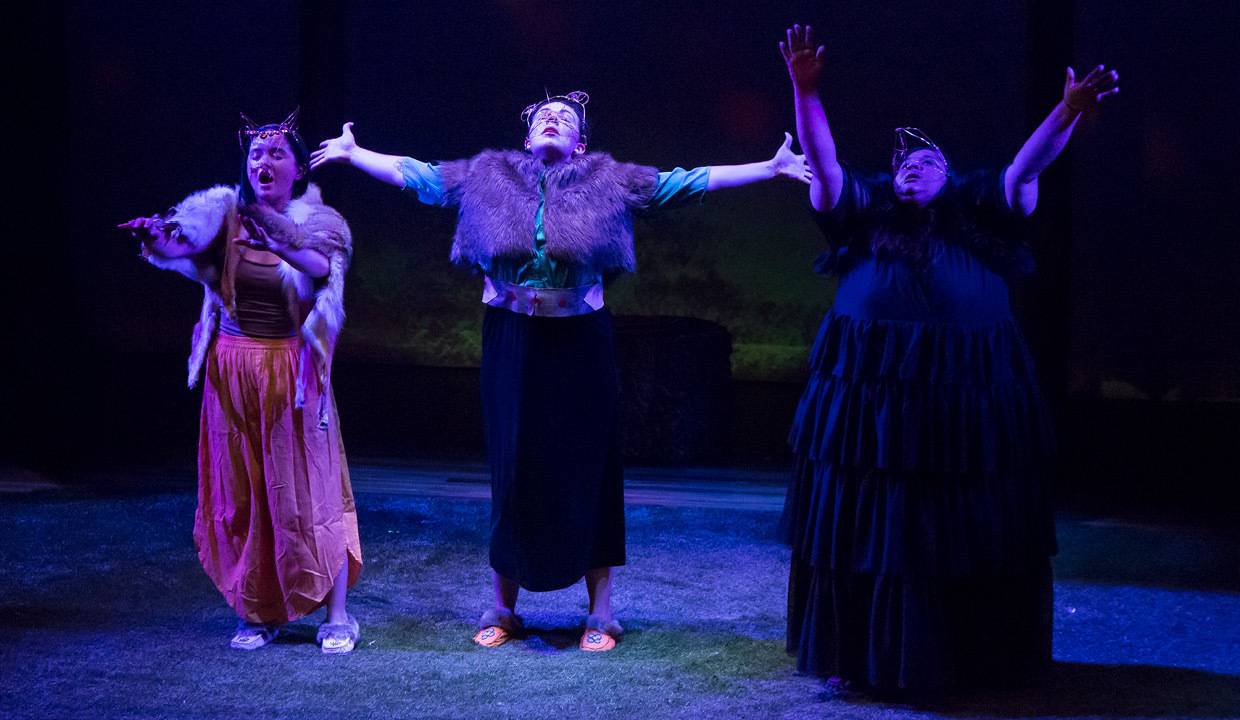
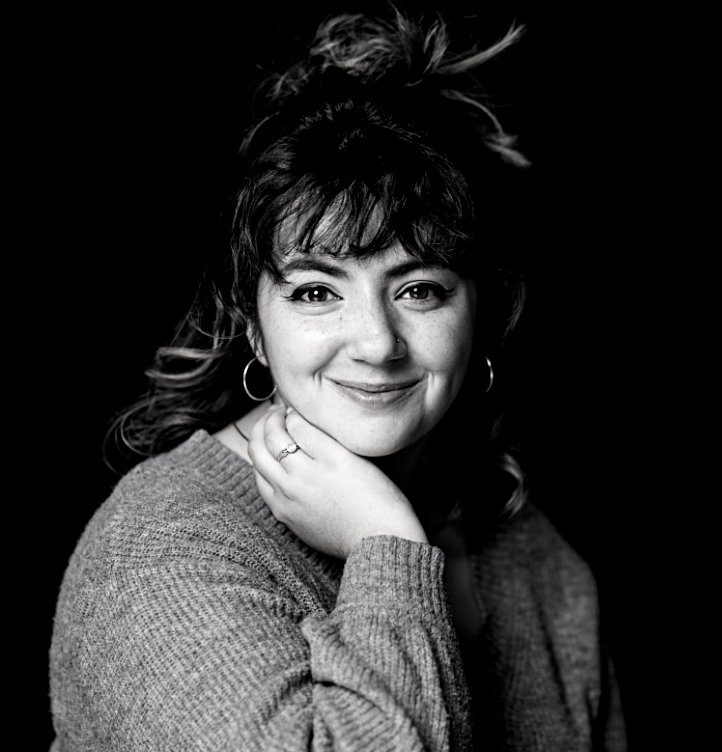
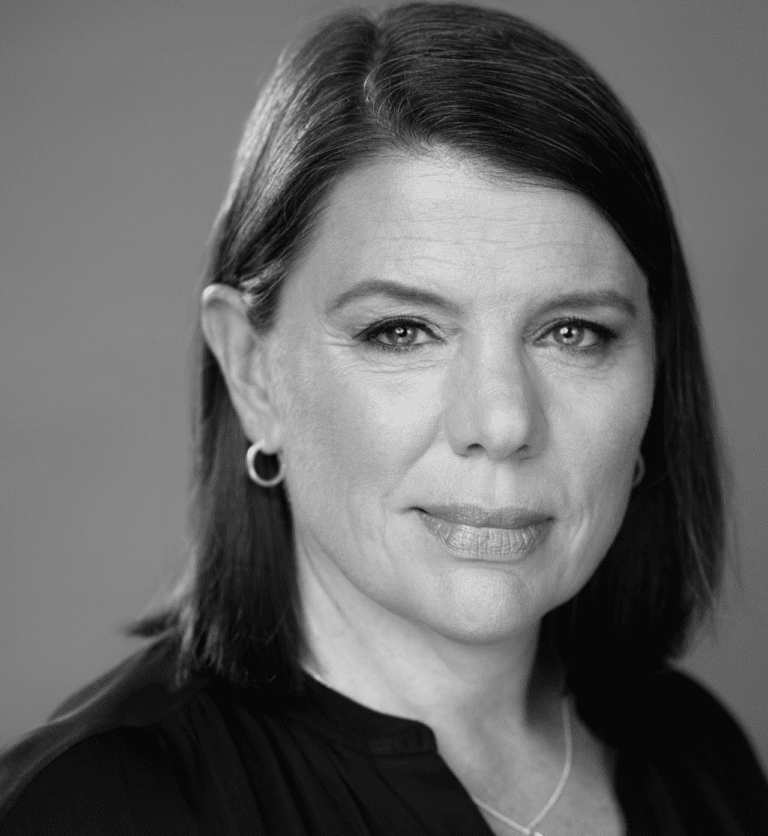






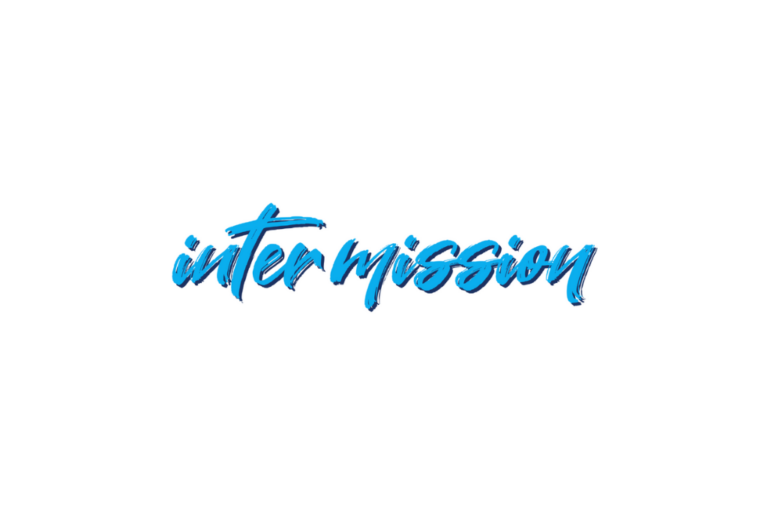
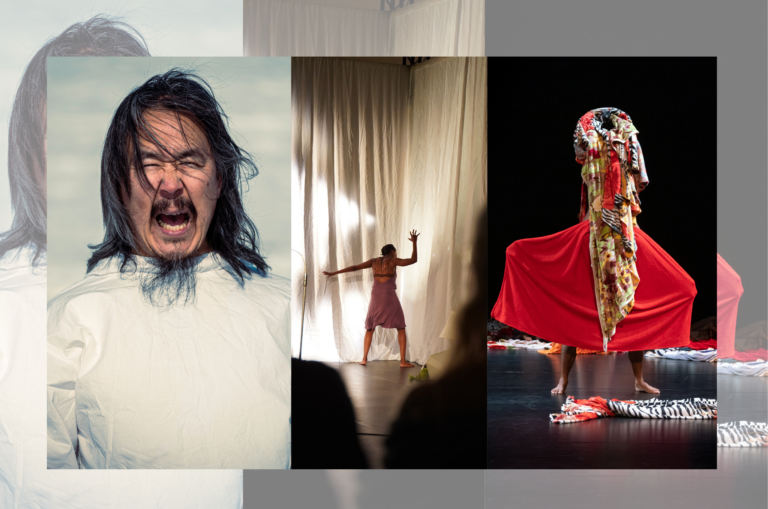
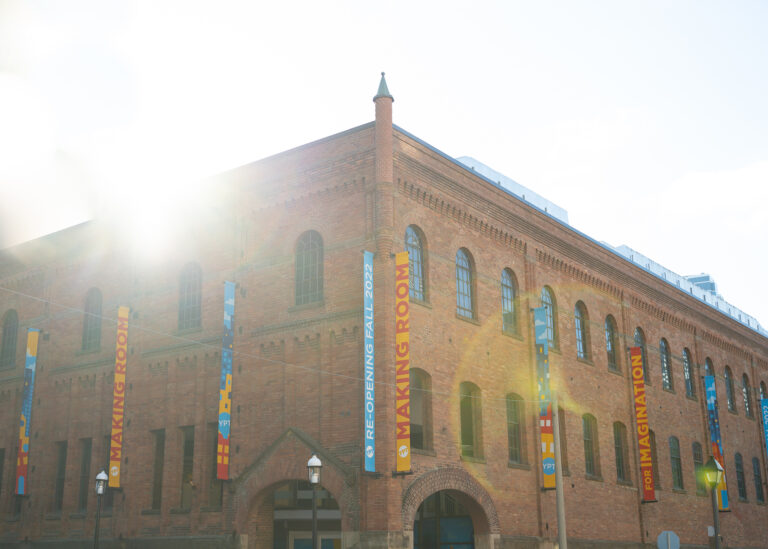
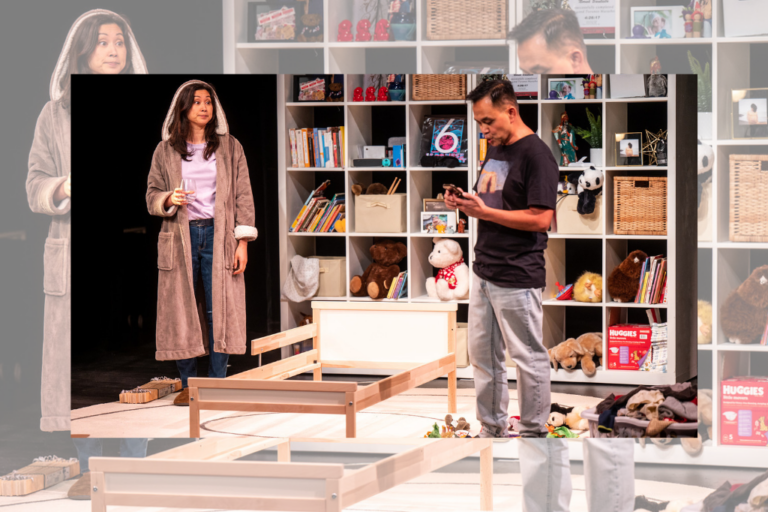
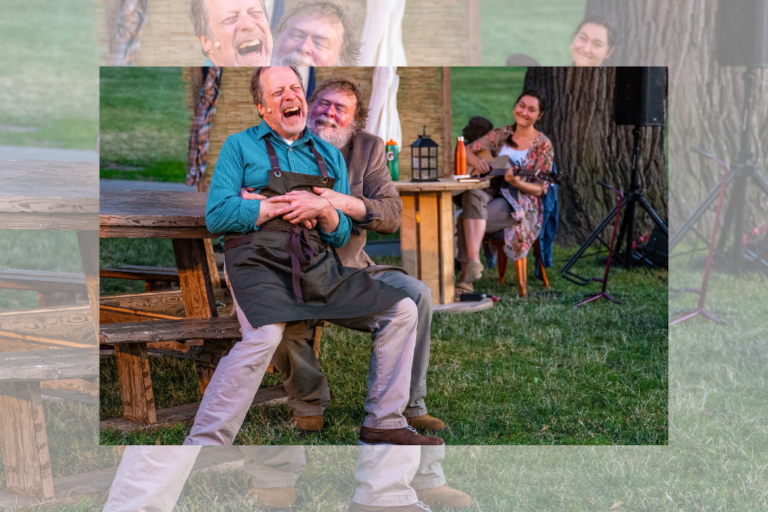
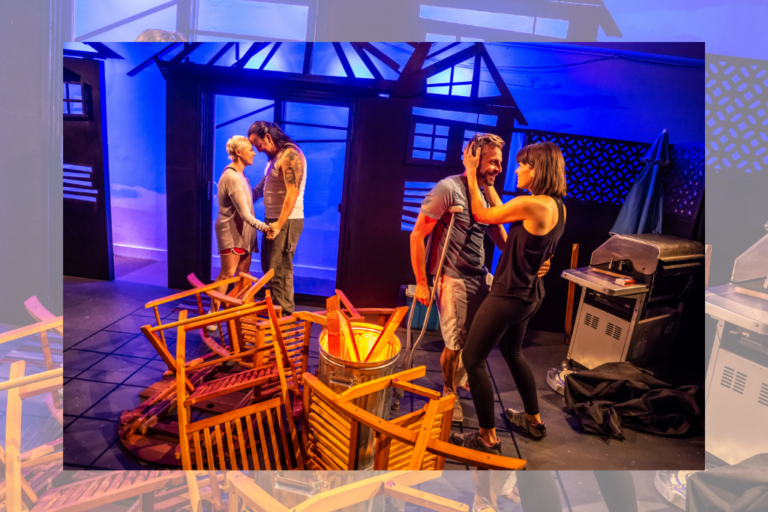
Comments